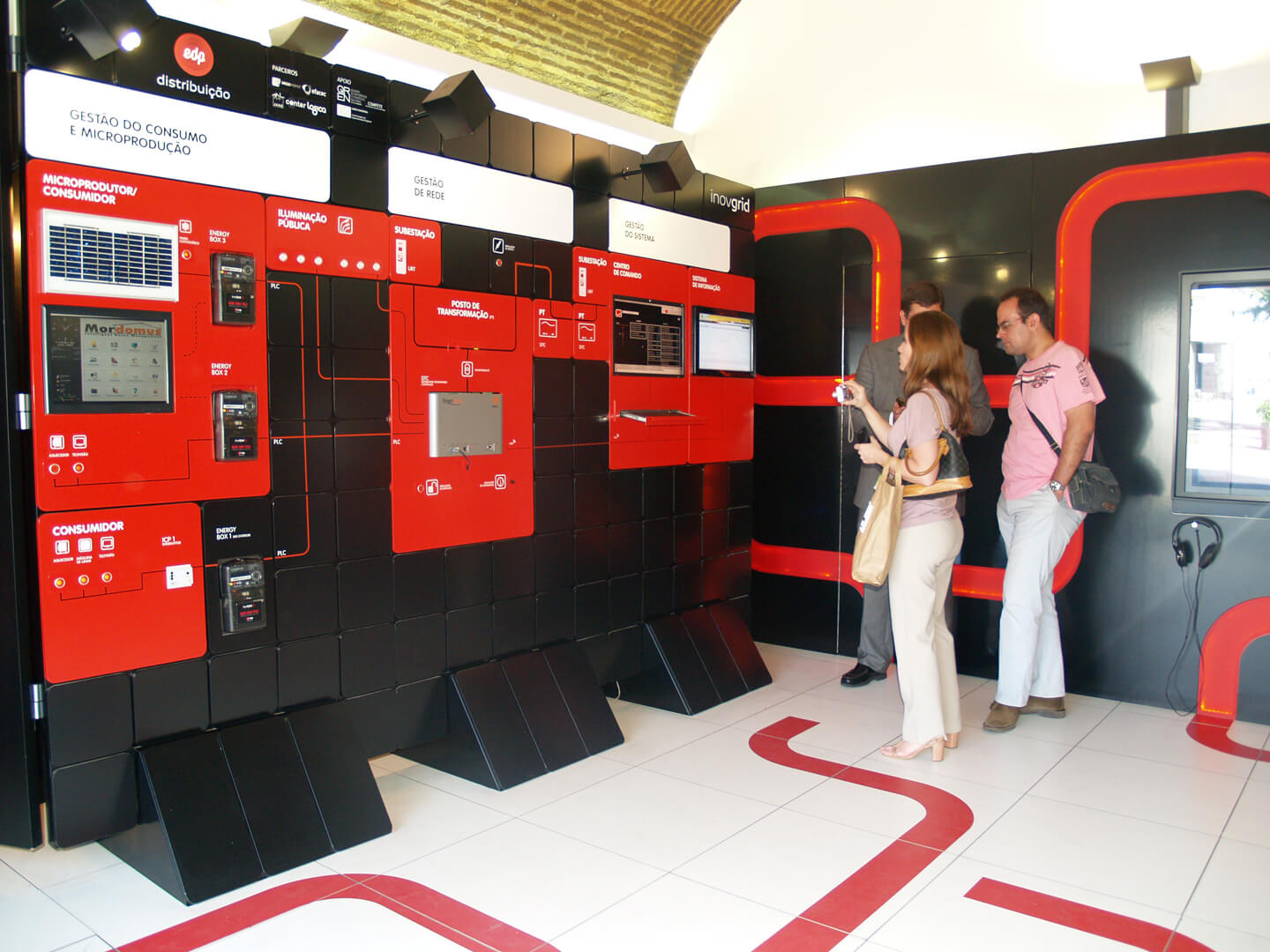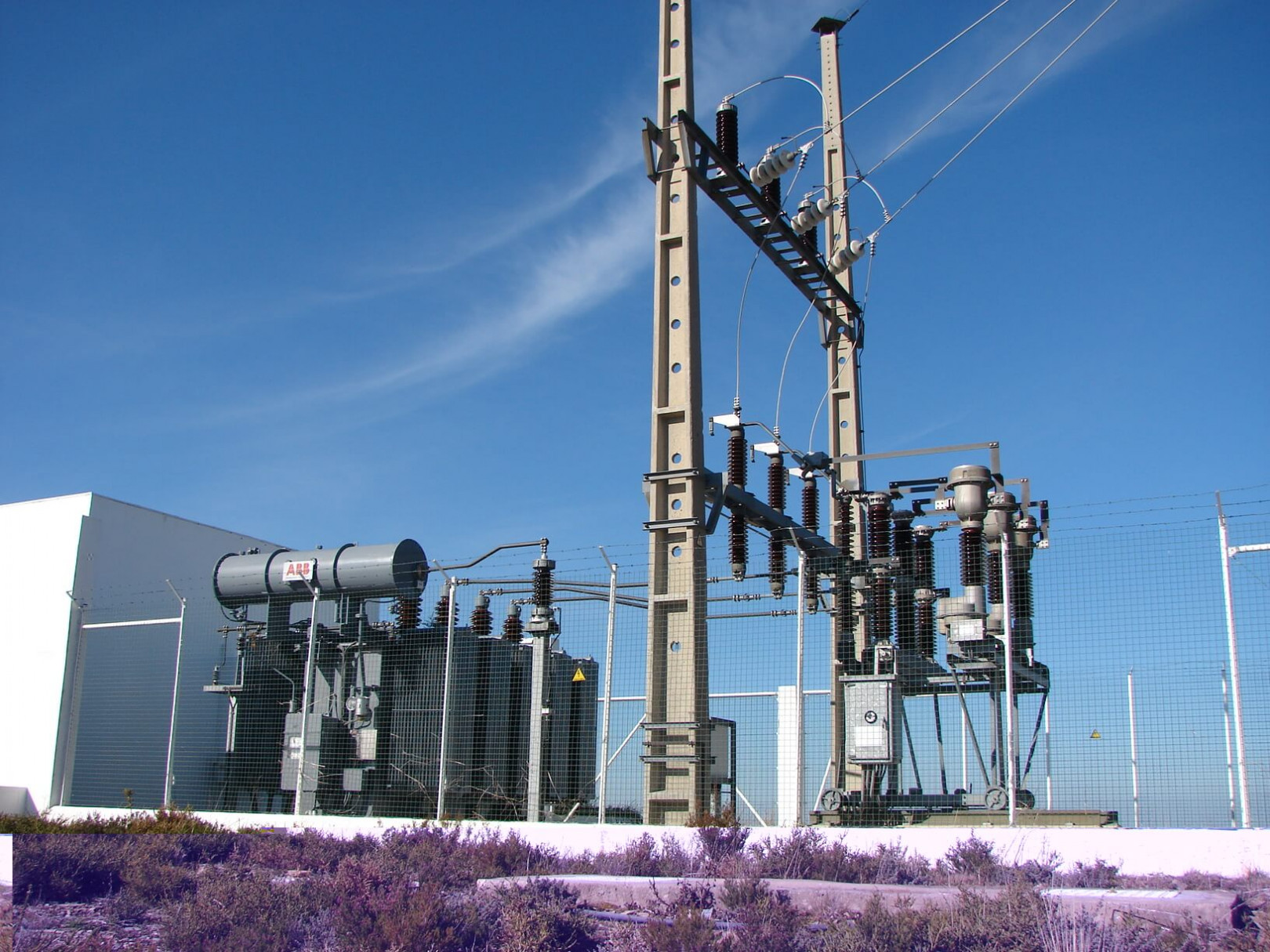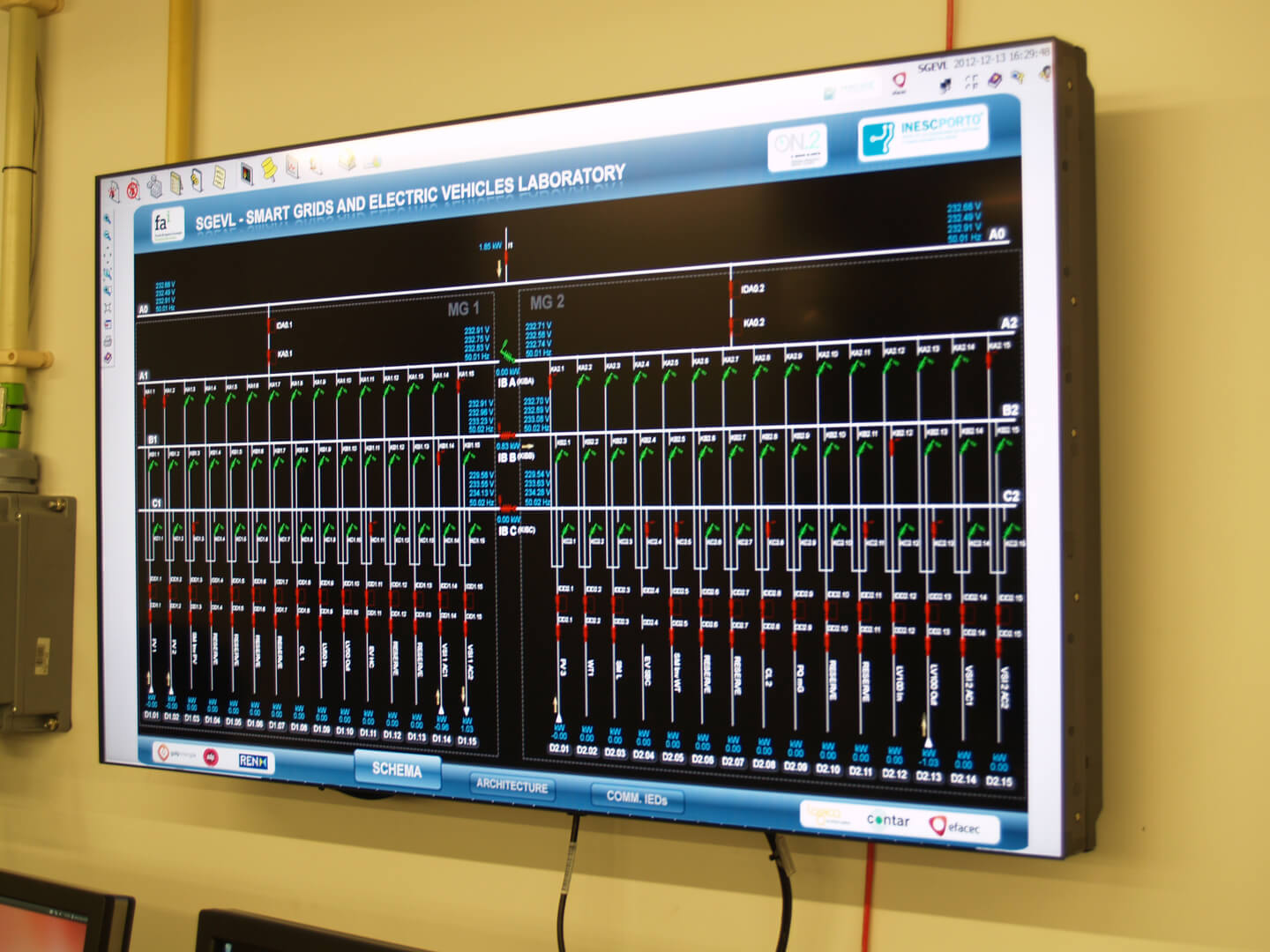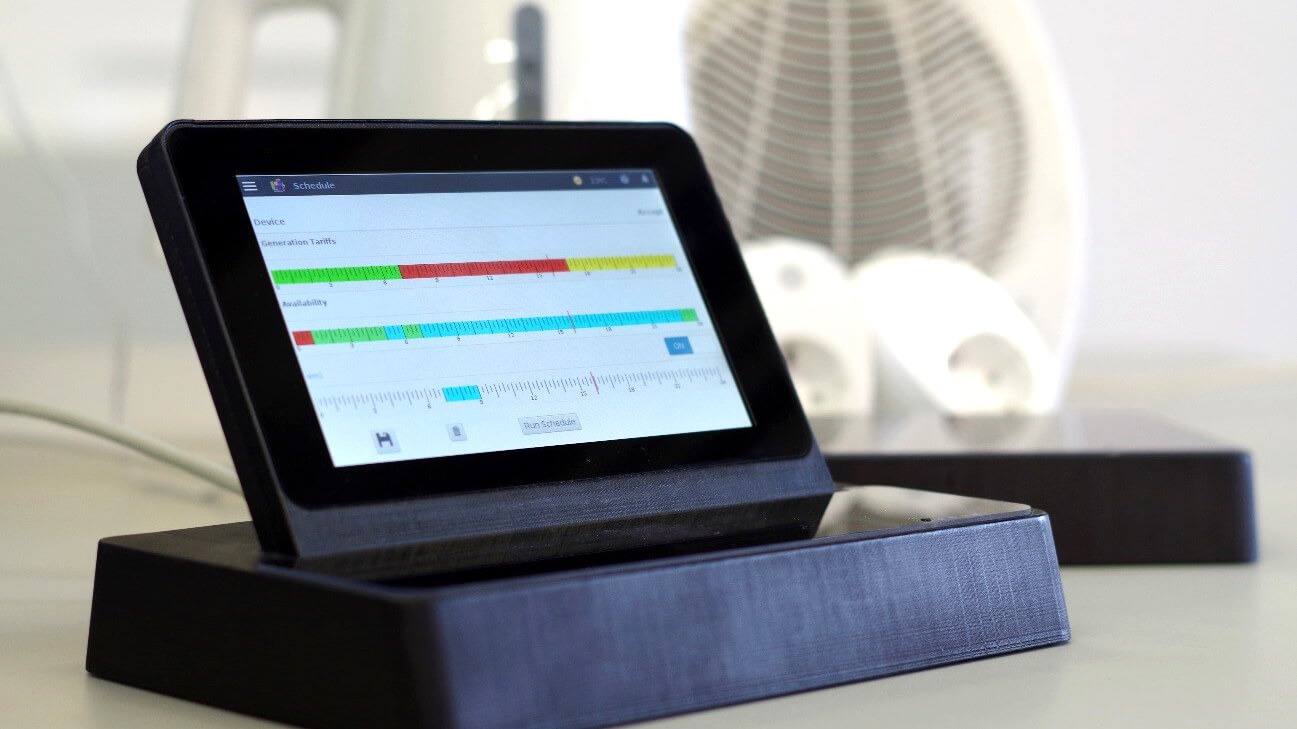InovCity demonstration area in Évora
The beginning
This story starts in the early 1990s. Before any specific knowledge was generated in the field of distribution networks, there was a period dedicated to fundamental research.
Between 1994 and 2006, numerous papers were published in international indexed journals ‑ some of which played an important role internationally, becoming a reference in the sector ‑ and several MSc and PhD theses were concluded.
Vladimiro Miranda, J. V. Ranito, Luis Miguel Proença, Genetic Algorithms In Optimal Multistage Distribution Network Planning, IEEE Transactions on Power Systems, vol.9, no.4, pp.1927-1933, November 1994.
It was also at this time that a series of relationships with key national and international players started being formed, such as that with the EDP, EFACEC or the ONS (operator of the Brazilian system).
High voltage substation









